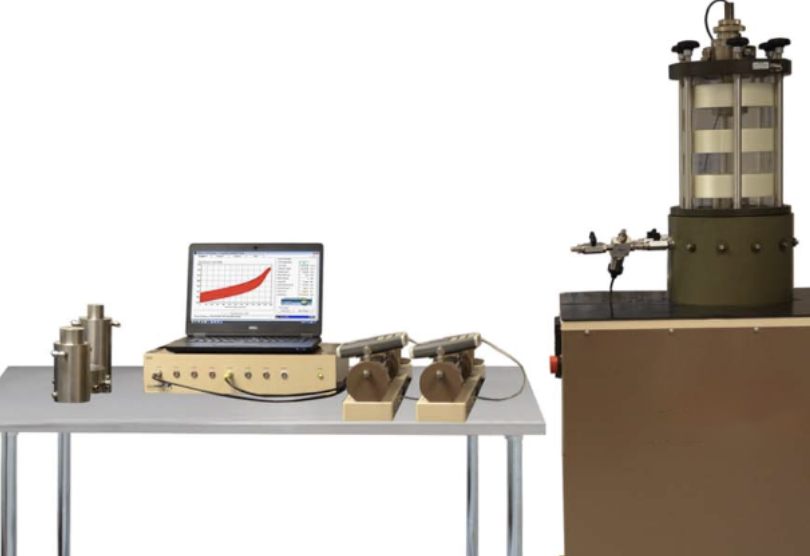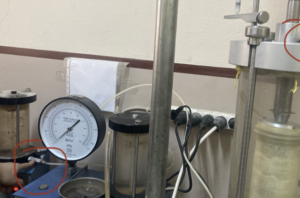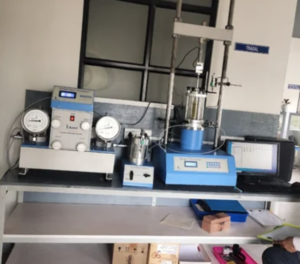Triaxial Sample Compactor Buying Guide: Key Specifications and Selection Tips
Great triaxial data starts with boringly consistent specimens. The right sample compactor removes the “human factor” from density and moisture—so your stress–strain curves stop arguing with each other.
Understanding the Function of a Triaxial Sample Compactor
A triaxial sample compactor creates uniform cylindrical specimens1 at a target dry density2 and moisture content, using controlled energy or pressure applied in repeatable lifts. Do this well and you’ll:
- Reduce specimen-to-specimen variability (better overlays, cleaner parameters).
- Minimize density gradients (fewer weird volume-change signatures).
- Shorten setup and rework time (less trimming, fewer retests).
- Produce flatter, parallel ends, lowering end friction in the cell.
Common compaction methods
- Drop-hammer/Proctor style – fixed drop height & blow count; robust for granular soils.
- Static press (single-step) – set pressure to reach target geometry; gentle on sensitive clays.
- Static–cyclic press – small controlled cycles with dwell; best uniformity for fines.
- Vibration-assisted – optional add-on for clean sands (watch segregation).
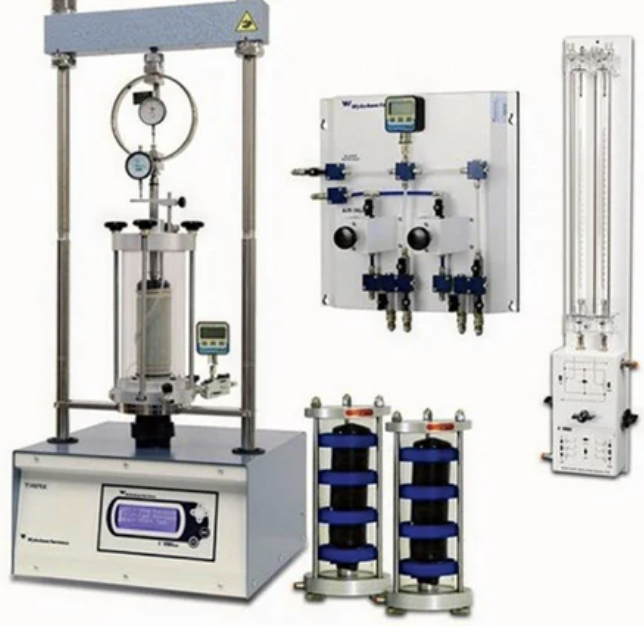
Key Technical Specifications to Evaluate
Not all “precision” is equal. Here’s a spec checklist that actually affects outcomes.
Control & Repeatability
- Pressure/force control accuracy3 (press-type): ≤ ±2% of setpoint
- Drop height tolerance (hammer-type): ≤ ±1 mm
- Rate control & dwell: rate repeatability ≤ ±5%; dwell ≤ ±0.2 s
- Cycle count consistency: ≤ ±1 count error per lift
Geometry & Capacity
- Supported diameters4: e.g., 35–70 mm (with spacers)
- Height window / H/D: 2.0 ± 0.1 typical; quick spacers included
- Lift management: prompts for 3–7 lifts, configurable thickness
Measurement & Feedback
- Integrated load/pressure readout with real-time display
- Lift timer / blow counter visible on the HMI
- End seating step: low-pressure flattening for end parallelism
Data & Integration
- CSV/JSON export via USB/LAN; minimal, stable format
- API (RS-485/REST) for LIMS/DAQ sync (optional but valuable)
- User roles & SOP lock to prevent “creative tweaks”
Build & Safety
- Frame stiffness: minimal deflection under typical load ( HRC 50)
- Guarding: two-hand/guarded start, e-stop, interlocks
- Service access: panels for cleaning; field-replaceable bushings/seals
Spec quick table (good practice targets)
| Area | Target |
|---|---|
| Pressure accuracy (press) | ≤ ±2% setpoint |
| Drop height tolerance | ≤ ±1 mm |
| Rate repeatability | ≤ ±5% |
| Dwell repeatability | ≤ ±0.2 s |
| Lift thickness tolerance | ≤ ±5% |
| End parallelism after seating | < 0.05 mm gap (straightedge check) |
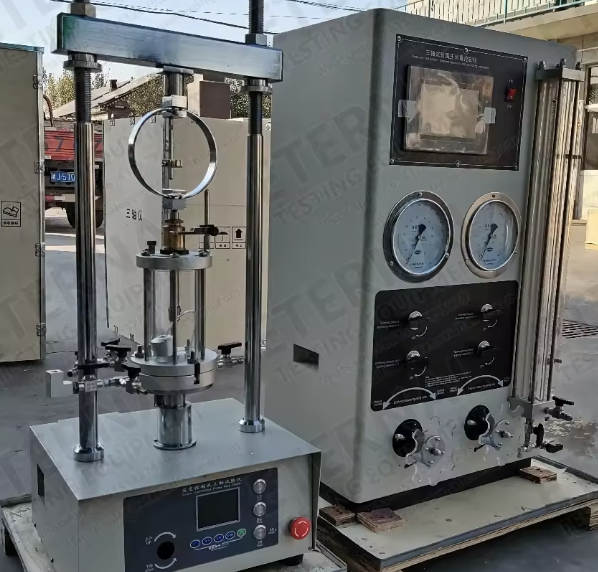
Factors Influencing Your Selection Decision
Match the machine to your soils5, workflows, and traceability needs—not just the lowest quote.
1) Soil type & test program
- Clean sands → drop-hammer or vibration-assist; robust fixtures and strike-off tools.
- Silts/clays (sensitive fabric) → static–cyclic press with low rates and dwell control.
- Mixed program → modular system with both press cycles and hammer head.
2) Throughput & operators
- High volume, multiple techs → HMI prompts6, SOP lock, user roles, barcode IDs.
- Low volume, advanced research → fine control of rate/dwell, richer data logs.
3) Specimen sizes
- If you run 35, 50, 70 mm often, insist on quick diameter change kits and height spacers.
4) QA/traceability requirements
- Teaching/basic QA → counters + local display might suffice.
- Regulated/defensible datasets → timestamped logs, API to LIMS, calibration reminders.
5) Service & lifecycle costs
- Field-replaceable bushings/plates, local spares, documented intervals.
- Vendor responsiveness (hours vs days), calibration support, and clear parts list.
Decision matrix (choose fast)
| Decision Axis | Option A | Option B | Choose When… |
|---|---|---|---|
| Method | Drop-hammer | Static–cyclic press | Granular screening vs uniform clays |
| Control | Manual counters | PLC/HMI programmable | Basic QA vs repeatable research |
| Sizes | Single diameter | Multi-diameter kit | One standard vs mixed program |
| Data | Local display only | CSV/API export | Paper logs vs LIMS integration |
| Service | Vendor-only | Field-serviceable | Remote sites vs in-house techs |
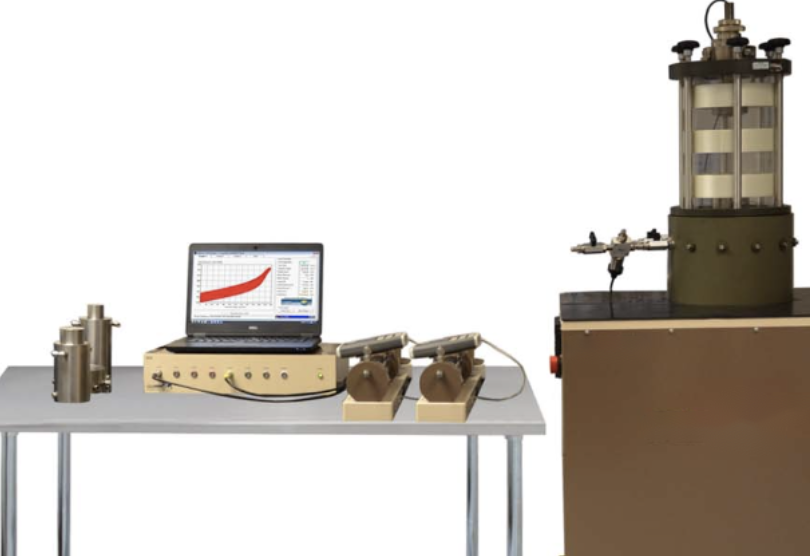
Practical Tips for Long-Term Performance
Buy smart, then treat it like metrology—not gym equipment.
Before acceptance (factory/site FAT)
- Energy/pressure repeatability7: 10 cycles on a dummy; COV ≤ 3%.
- Lift uniformity: build a specimen; lift heights ±5%.
- End flatness: seating step yields < 0.05 mm gap under straightedge.
- Throughput trial: timed 4-lift routine with your mold & soil.
- Data export check: open the CSV in your LIMS/Excel; verify headers & timestamps.
Routine use
- Calibrate pressure/load8 monthly (spot check); annually with traceable standard.
- Grease/clean per schedule; keep slides dust-free (soil dust eats bushings).
- Inspect wear plates; replace before grooves transfer patterns to specimens.
- Standardize lifts: same mass per lift, same cycles/dwell; log deviations.
- Control environment: minimize evaporation—cover soil and mold between steps.
Spare kit to keep on-hand
- Wear plates, O-rings/seals, limit switches, one load/pressure transducer (if equipped), guide bushings.
Documentation that pays off
- A one-page specimen build sheet (lift masses, method, rate, dwell, seating).
- A maintenance log (date, hours, actions).
- A calibration file linked to exported CSVs.
Conclusion
Choose a compactor for how it controls energy/pressure, how well it fits your molds and soils, how long it stays tight and serviceable, and how clearly it proves what it did. Get those four right, and your specimens will be uniform, your curves calmer, and your retest rate pleasantly boring.
-
Understanding uniform cylindrical specimens is crucial for achieving consistent results in soil testing and compaction. ↩
-
Exploring methods to achieve target dry density can enhance your compaction techniques and improve overall soil stability. ↩
-
Understanding this concept is crucial for achieving reliable outcomes in precision engineering. ↩
-
Exploring this topic can enhance your knowledge of design specifications and their impact on performance. ↩
-
Understanding how to match machines to your specific soil types can enhance efficiency and effectiveness in your projects. ↩
-
Exploring HMI prompts can reveal how they streamline workflows and enhance user interaction in high-volume operations. ↩
-
Understanding energy/pressure repeatability is crucial for ensuring accurate measurements in metrology, enhancing your equipment's reliability. ↩
-
Learning about pressure/load calibration techniques can significantly improve your measurement accuracy and equipment longevity. ↩

